Many viewers mistakenly thought that today the program changed the topic to food appraisal. The owner of the "piece of meat" shared that to own it, he did not hesitate to sell his house worth more than 1.7 billion VND to buy it, because he thought this was an extraordinary stone.
Hearing this, the experts could not help but be at peace. They told him: "You are too brave to dare to spend such a large amount of money."
The consulting team also advised the audience that collecting and trading antiques is indeed very profitable, especially with rare treasures. If you happen to buy them cheaply and then sell them at a good price, the collector will make a decent amount of money. However, because of the large profits, the antique industry is becoming chaotic. Fake antiques have been and are appearing everywhere on the market. If you do not have experience in evaluating antiques, you should not recklessly collect them, because you are likely to lose both money and health due to being cheated.
The rock has the shape of a piece of braised pork belly. (Photo: Sohu)
The team of experts then continued to examine the "braised pork belly" shaped rock. This rock really looked like a piece of braised pork belly, making one want to pick it up and take a bite.
The experts were divided. Half of them believed the rock was naturally formed, while the other half suspected it was man-made because the outer shell appeared to be carefully polished.
In fact, the assertion that this stone is natural has a certain basis. It has the characteristics of weight and structure that meet the standards of naturally formed stone. However, this opinion is immediately refuted because if it were natural, the edges of the stone could not be so sharp. The stone has been through wind and rain for hundreds, thousands of years, so it must have been worn down at the edges.
After much discussion, the experts came to a conclusion. This meatball-shaped stone block was indeed formed naturally, but it had been processed by humans. That is why the experts argued about the origin of such a stone block. It turned out that it was a combination of nature and man-made. So how much would this precious stone cost?
Experts have identified this "piece of pork belly" as a very rare and valuable gemstone. (Photo: Sohu)
According to the program's practice, after determining the authenticity of the stone, the experts will give its value. They agreed that the stone brought by the man was very valuable. Although it had undergone some artificial processing, its value was not affected. They valued the stone at 2 million yuan (nearly 7 billion VND).
The man was very happy, so selling the house was not a waste. With the value of the stone, he could buy many more houses. However, the expert advised the man to give the stone back to the museum instead of selling it to someone else.
The block of rock he brought is called pork stone. This is a natural rock, mostly sedimentary, siliceous or metamorphic rock, during geological movement, it comes into contact with other minerals, and is chromated, creating such a unique shape.
The preciousness of the pig stone is that it has the skin. There are many types of stones with red and white interwoven, only stones with the skin are called pig stones. The pig stone is also called the stone of wealth, with the wish to have meat to eat every day, a prosperous life.
The world's most famous pork stone, Dongpo, is located in the Taipei Museum. The stone originated in Inner Mongolia and was presented to the palace during the Kangxi period of the Qing Dynasty. During the late Qing Dynasty, it became a favorite of Empress Dowager Cixi, and was later taken by Chiang Kai-shek to Taiwan. The value of Empress Dowager Cixi's stone is estimated at 3.8 billion Vietnamese Dong.
Quoc Thai (Source: Sohu)
Useful
Emotion
Creative
Unique
Wrath
Source


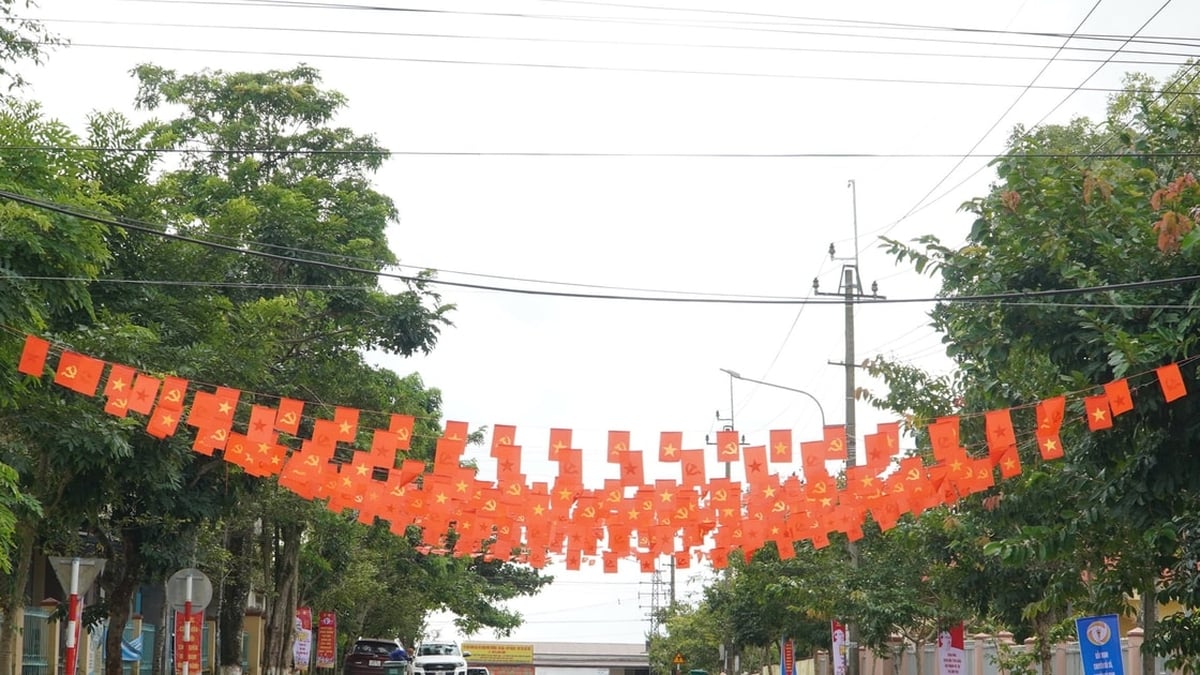

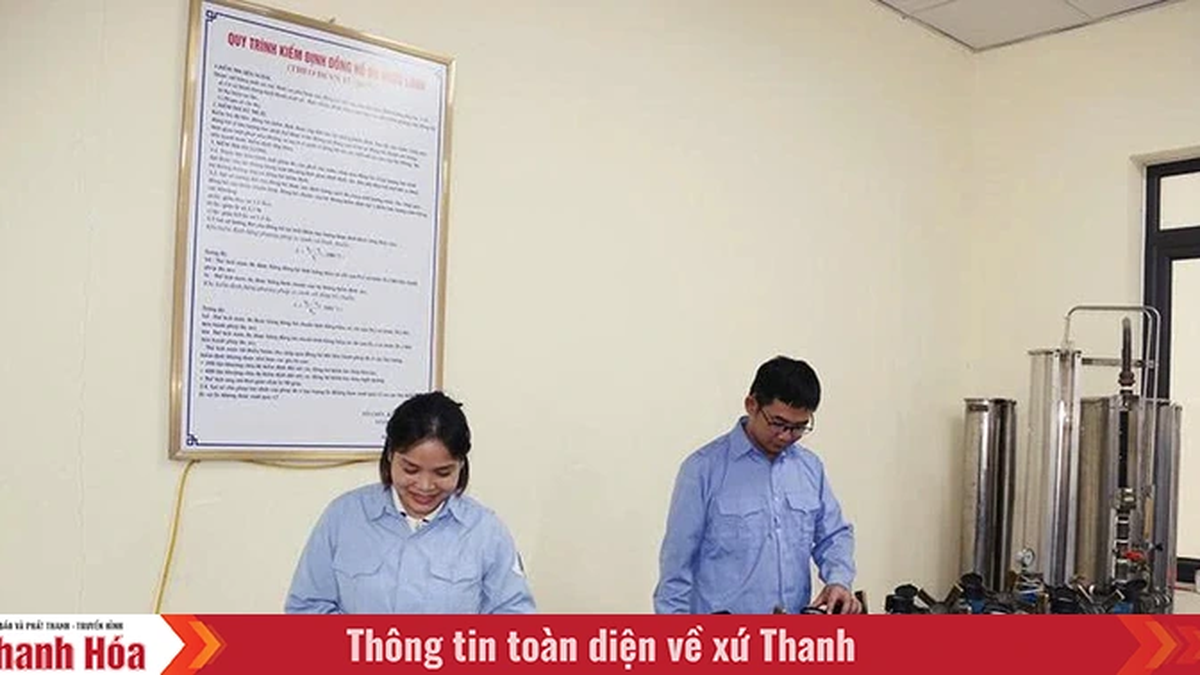
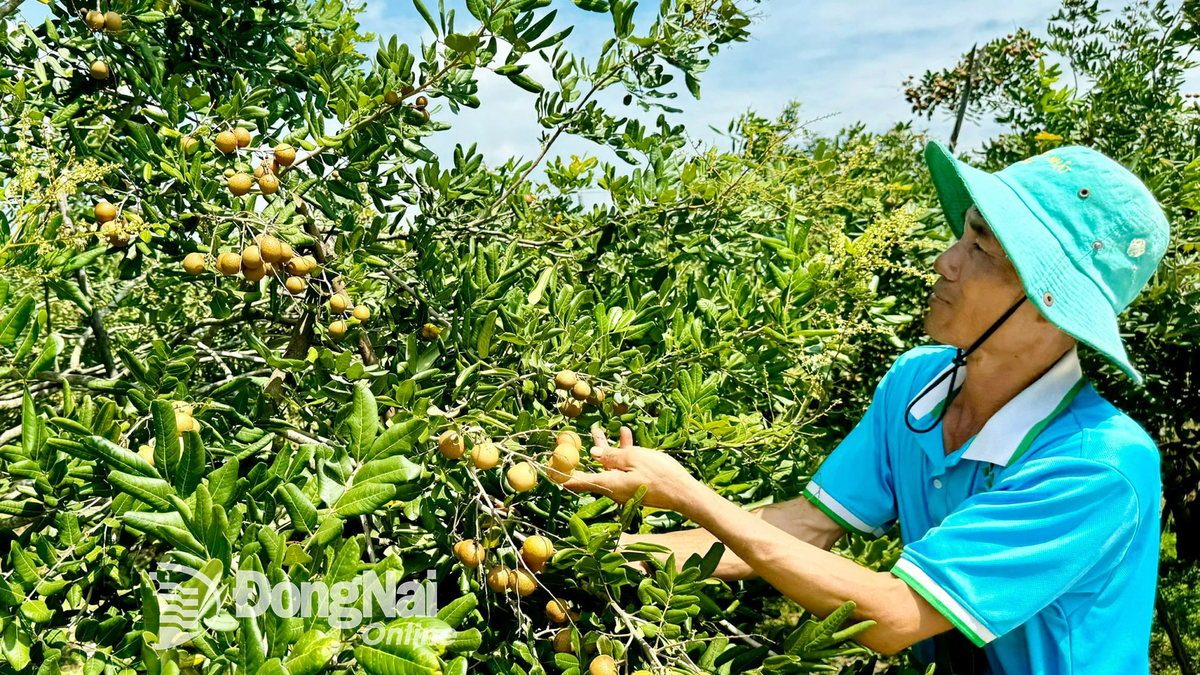


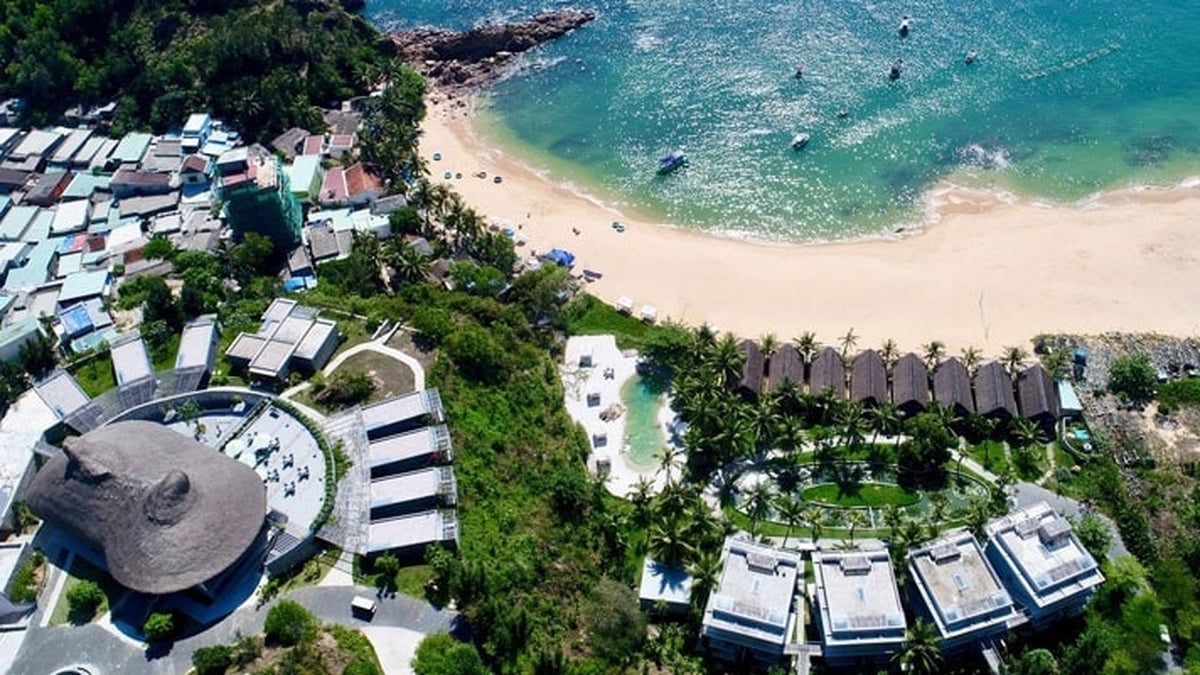
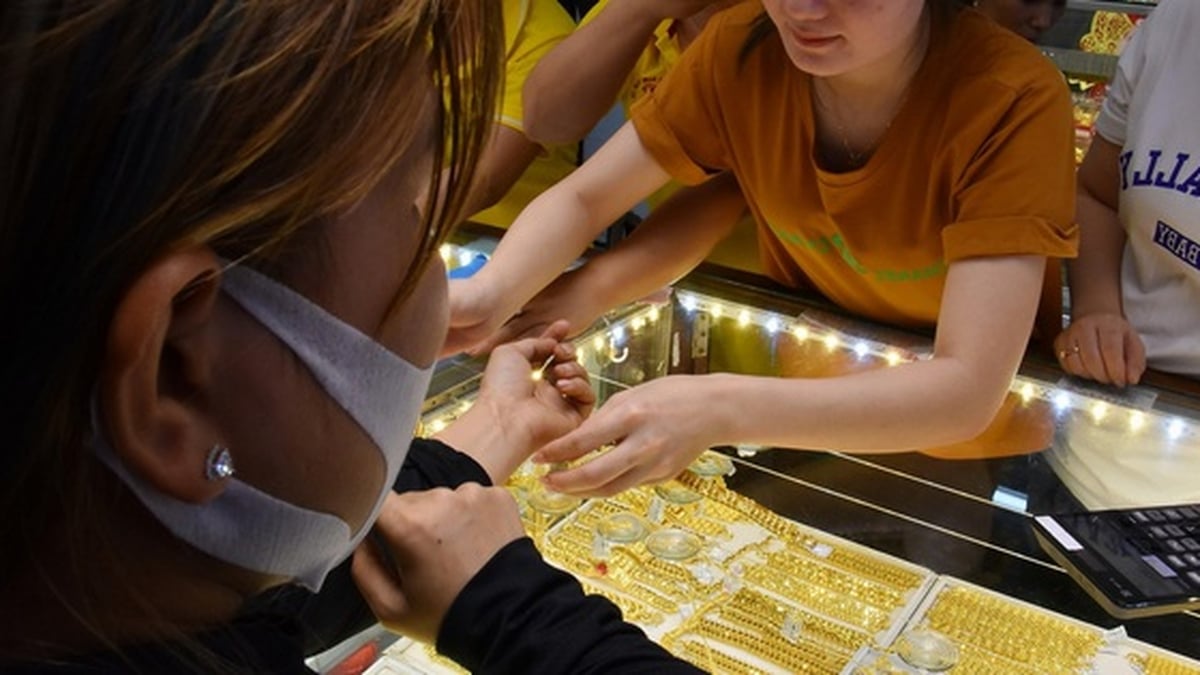
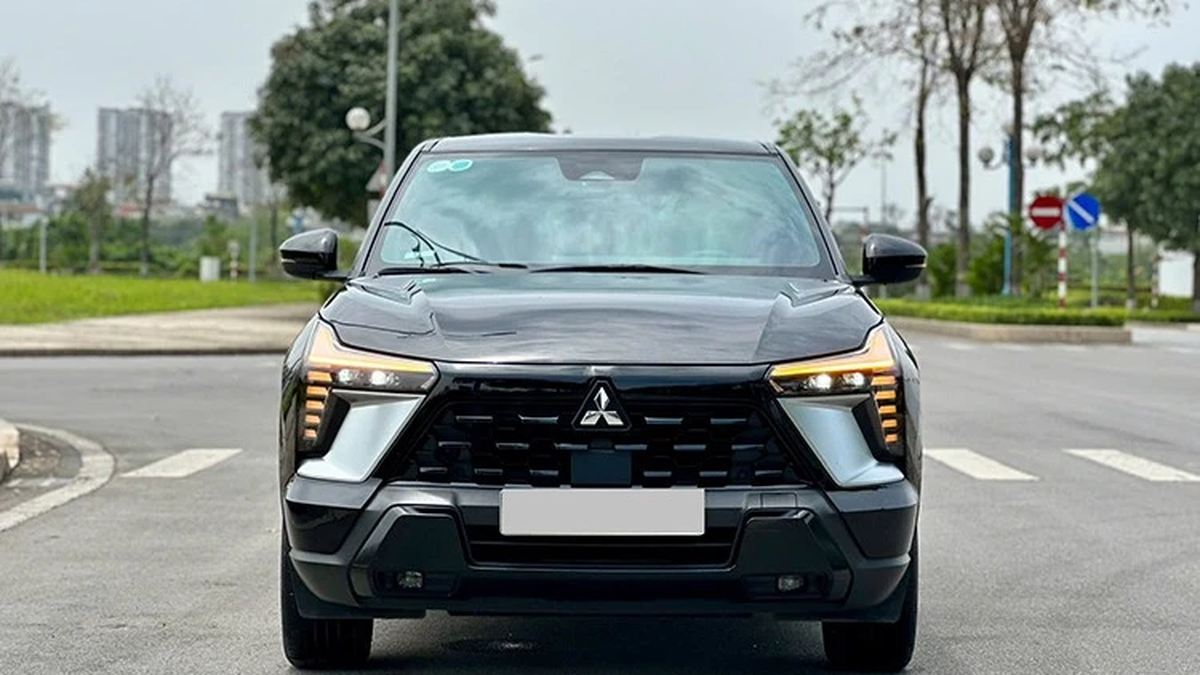
















![[Photo] National Assembly Chairman attends the seminar "Building and operating an international financial center and recommendations for Vietnam"](https://vphoto.vietnam.vn/thumb/1200x675/vietnam/resource/IMAGE/2025/7/28/76393436936e457db31ec84433289f72)








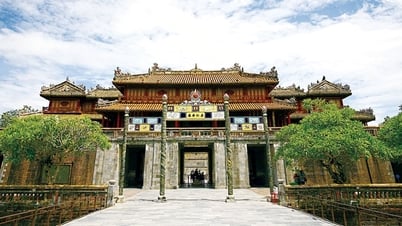

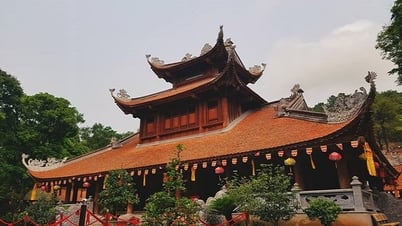



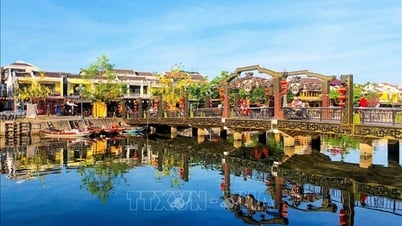



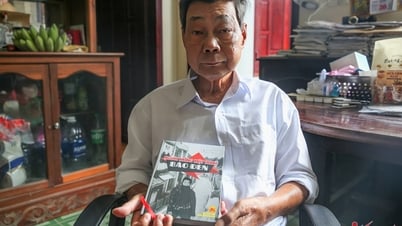



























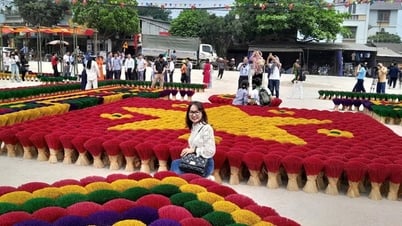

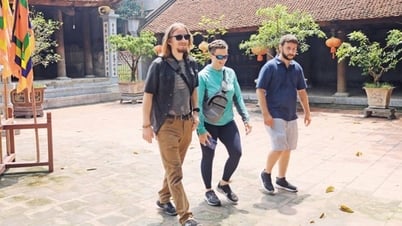























Comment (0)